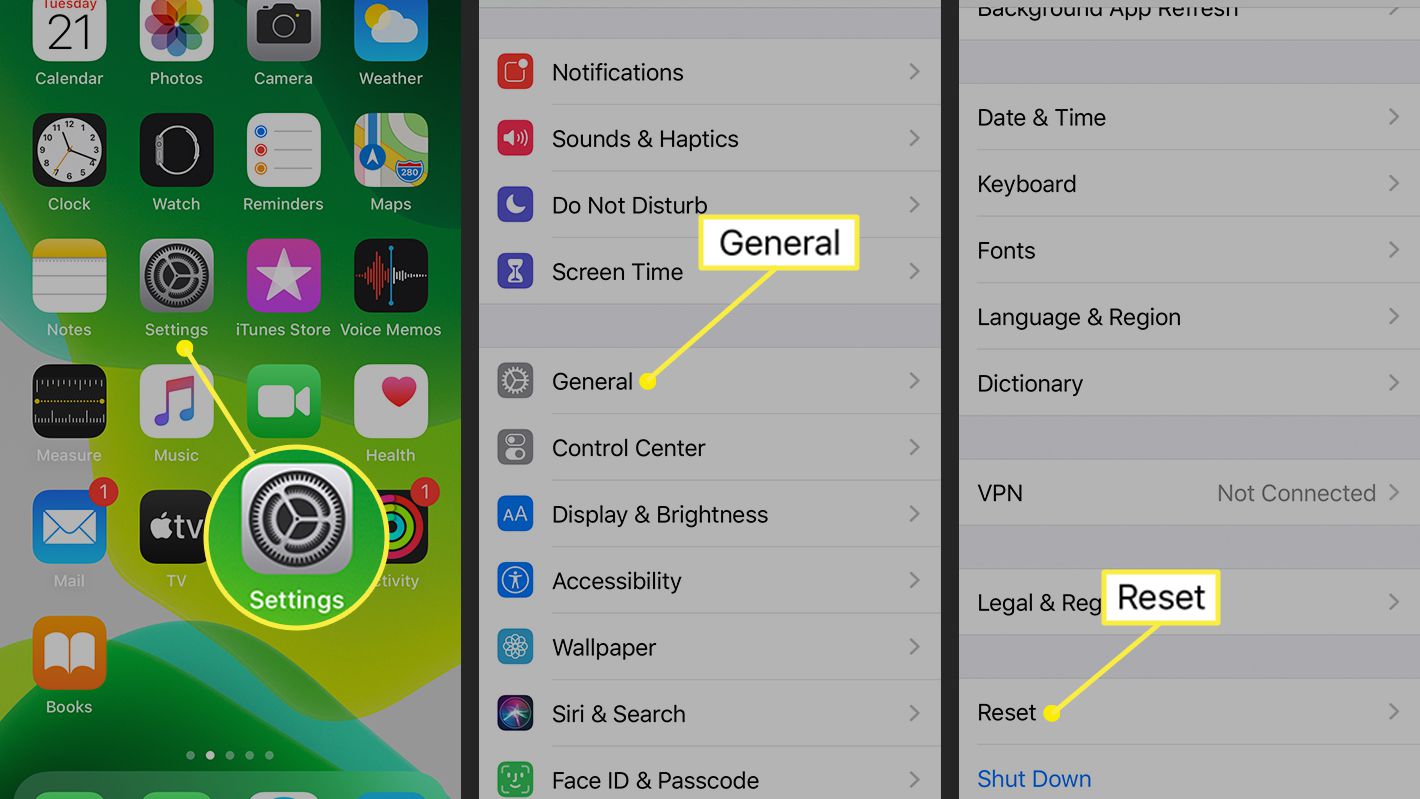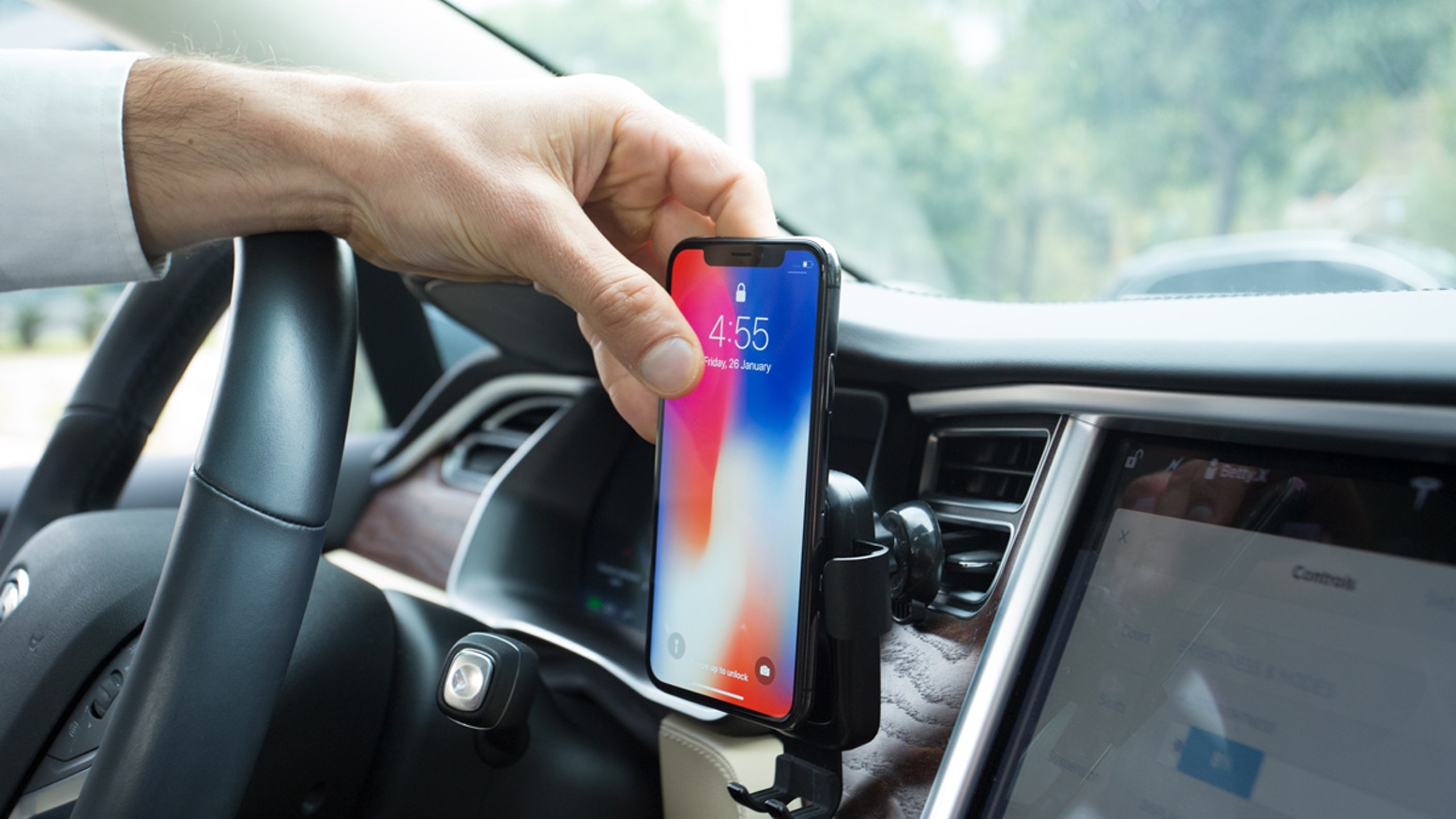Root access allows us to do a lot of things with our devices that aren’t normally possible. So today I will be guiding you through the entire Nexus 6 root tutorial.
Without root access, you are quite limited to the number of modifications that you can do to your Nexus 6. Granted, in comparison to iOS, Android allows you to a plethora of various ways to tweak and customize your smartphone even without root access. There are still a lot of doors that are closed and that will remain closed until you gain root access onto your Nexus 6.
Rooting an Android device isn’t for everyone but for anyone who is interested(like myself), this is how you will do it.
Nexus 6 Root
- Download and Install Google’s USB Drivers
- Unlock the Nexus 6 Bootloader
- Download and Extract CF-Auto-Root to Your PC
- Enable USB Debugging on the Nexus 6
- Boot the Nexus 6 into Fastboot Mode
- Connect the Nexus 6 to the PC with Micro USB Cable
- Hold the Shift Button on the Keyboard and Right-Click on the CF-Auto-Root Folder
- Click on the ‘Open Command Window Here’ Option
- Type the Following Command. . .
- root-windows.bat
- . . .Then Press Enter on the Keyboard
- Press Any Key to Confirm, then Press Any Key Again to Continue
- Wait for the Nexus 6 to Reboot a Couple of Times
Explanation
To set some things up, you should already have Google’s USB drivers installed, it is also recommended that you go ahead and unlock the bootloader for your device. Please be sure to read through and complete that entire tutorial before you proceed with this one. Then you’ll want to download the CF-Auto-Root tools for the Nexus 6. When you click the link in the tutorial above, you’ll find the download link itself at the bottom of the page. Once that has been downloaded and extracted onto your PC, go ahead and enable USB debugging on your Nexus 6 and then boot it up into Fastboot Mode.
Once all of that is ready, you’ll want to open up a command prompt in the folder that has the CF-Auto-Root tools. To do this in Windows, you can simply hold down the Shift key on your keyboard and then right-click the CF-Auto-Root folder itself. You’ll then see a Command Prompt option here that you can click and it will launch the command prompt and take you straight to the folder you need. Once you are here, and the Nexus 6 is connected with a micro USB cable, you’ll need to type in the command “root-windows.bat”. After you type in this command, press enter on your keyboard and then you’ll be prompted with a warning. Of course, if you are running Mac or Linux, then you will want to run the script file for your respective operating system.
When you are ready, press any key(like the space bar) on the keyboard to confirm the warning, then you’ll be prompted to press another key to continue. Go ahead and press the space bar again so CF-Auto-Root can do its thing. You will notice your Nexus 6 rebooting a couple of times during this process. Let it the batch file run its course and then you should eventually see the Nexus 6 booting back up into Android. Once here, unlock the device and then open up the app drawer. If everything went smoothly then you should see the ‘SuperSU’ application icon sitting in there. Launch it and follow(or ignore) his social media request and then make sure there aren’t any dialog warnings.
As long as there aren’t any warning messages then SuperSU has been installed properly and you now have root access to your Nexus 6. Root access can be very dangerous but this is why we install the SuperSU application. Anytime you an application requests root access for the first time, a SuperSU dialog box will pop up to notify you. You can allow or deny these requests at your own will. For example, if you have installed a new application and launched it, if it needs root access then it will ask for it. This would be the time to allow it. However, if you are browsing the internet or texting someone and you see a SuperSU request from an application you aren’t aware of, it’s probably best to deny this request.
So, while you have rooted your Nexus 6 now, you still have control over which applications have root access and which applications do not. As always, if you have any questions about this tutorial or you run into any issues, leave a comment at the bottom of this tutorial and I will do my best to help out if I can.






Thanks very much for taking the time to write this. Worked perfectly.
You’re very welcome. Thank you for the feedback, I’m glad that it worked out for you